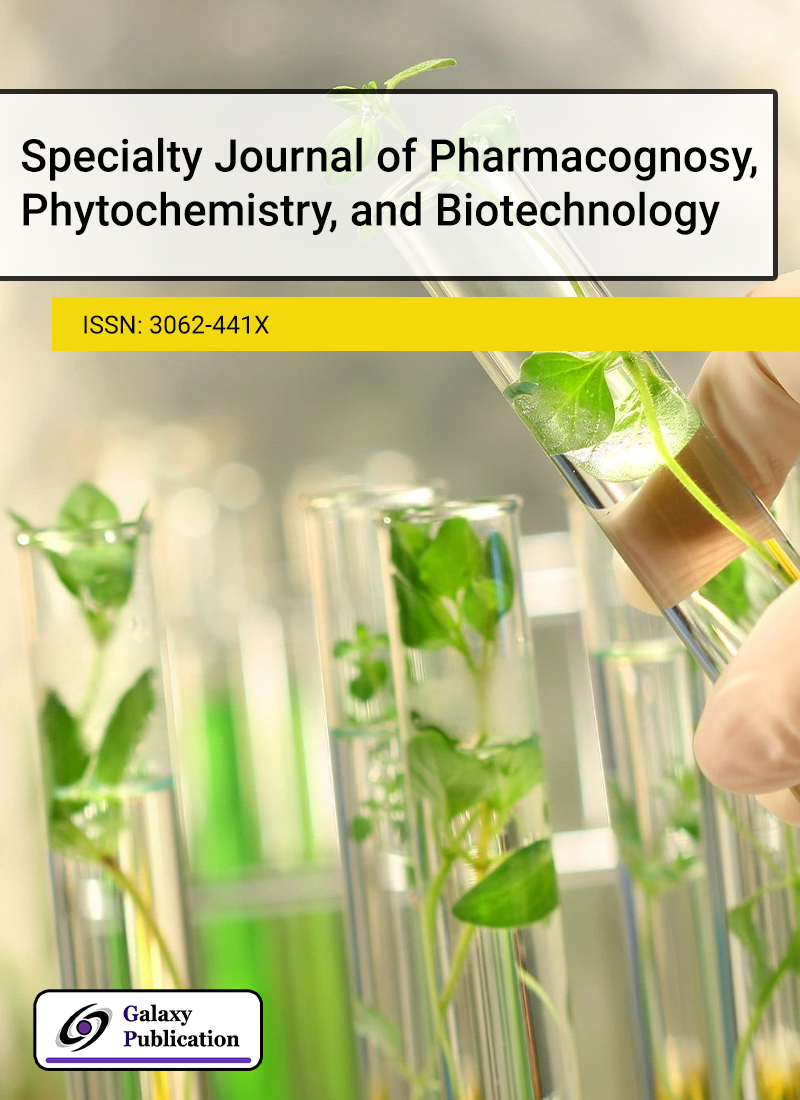
Phytochemical compounds play a crucial role in determining the therapeutic potential of plant species and significantly contribute to their ability to resist environmental stress factors, whether biotic or abiotic. Based on the specific presence of such bioactive molecules, plant genera are often classified into various medicinal categories such as anti-inflammatory, anti-cancer, anti-diarrhoeal, and anti-stomachic plants. Among them, the family Convolvulaceae, which encompasses the genus Distimake (previously classified under Merremia), is particularly recognized for its rich alkaloid content. The current research focused on the phytochemical investigation and profiling of bioactive compounds in two species belonging to this genus — Merremia aegyptia (L.) Urb and Merremia dissecta (Jacq.) Hallier f., which are now taxonomically updated as Distimake aegyptius (L.) A.R. Simoes and Staples and Distimake dissectus (Jacq.) A.R. Simoes and Staples, respectively. Methanolic extracts prepared from stem and seed samples of both species were subjected to gas chromatography-mass spectrometry (GC-MS) analysis to determine their phytochemical profiles. The findings showed that in the stem extract of D. aegyptius, 1,2,4-butane triol exhibited the highest peak area (26.84%). Meanwhile, the seed extract of the same species showed a predominant presence of 1,2-benzene dicarboxylic acid, and dibutyl ester (48.17%). For D. dissectus, the stem sample contained a significant amount of 1,3,4,5-tetrahydroxy cyclohexane carboxylic acid (quinic acid) with a peak area of 20.35%. Furthermore, the seed extract of D. dissectus emerged as a rich source of phytosterols, characterized by the presence of (3β)-Ergost-5-en-3-ol (Campesterol) (18.19%), stigmasta-5,22-dien-3-ol (19.23%), and gamma sitosterol (24.56%). These phytosterols are pharmacologically important due to their antioxidant, anti-inflammatory, anti-hypercholesterolemic, antidiabetic, and anticancer properties. The GC-MS analysis also revealed that both species shared certain common phytoconstituents, underscoring their potential as valuable medicinal resources.